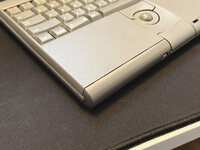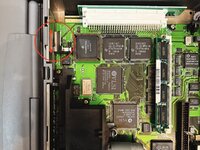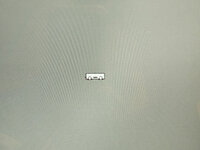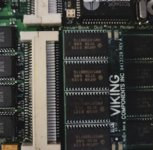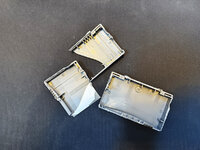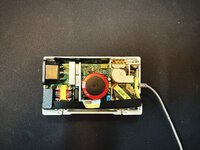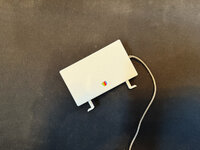jmacz
Well-known member
I got my hands on a few more Duo keyboards. Out of them, one was clearly "better" than the one I already had in that the keys were much softer (albeit still stiffer than I would like) and only one key had an issue ('Q') whereas the keyboard I already had had issues with the 'O', 'Delete', and 'Space' keys. The others I received were a bit stiffer.
Lubricating the keys made them a bit better. The Q key was resolved using a conductive pen (thanks @3lectr1cPPC for the idea).
Based on what I have read, these keyboards weren't great even when new. Having played with a few of these now (but still not a great sample set), I'm seeing the issues falling into the following categories:
Lubricating the keys made them a bit better. The Q key was resolved using a conductive pen (thanks @3lectr1cPPC for the idea).
Based on what I have read, these keyboards weren't great even when new. Having played with a few of these now (but still not a great sample set), I'm seeing the issues falling into the following categories:
- Having to hit keys dead center - seems like this was always the case with this keyboard design as it requires a conductive ring underneath a rubber dome to be pushed onto a two layer film where the conductive ring needs to contact a conductive pad on both films at the same time. Doesn't seem solvable.
- Stiff keys - primarily depends on how well the rubber dome layer has aged. Heating did not help.
- Stiff keys part 2 - lubricating the stems on the keycaps with plastic safe keyboard lubricant (grease) does help a bit. This also helped on my PowerBook 540c keyboard as well.
- Contact Oxidation - the two film layers have conductive pads and some of the pads I saw across the keyboards I had showed oxidation. Deoxit helps a bit here to clean the pads up.
- Dead key - if there's a ribbon tear/issue, multiple keys should not work and you'll need to check the ribbon cable for tears or check whether the ribbon cables are seated properly. But if you run into a single key not working, that's most likely caused by the conductive ring on the rubber dome not properly coming into contact with both pads on the films, and/or the pads being damaged. If the contact isn't great, you can try using a conductive pen (it 'draws' conductive ink) on the two pads. This fixed a stuck key for me.

